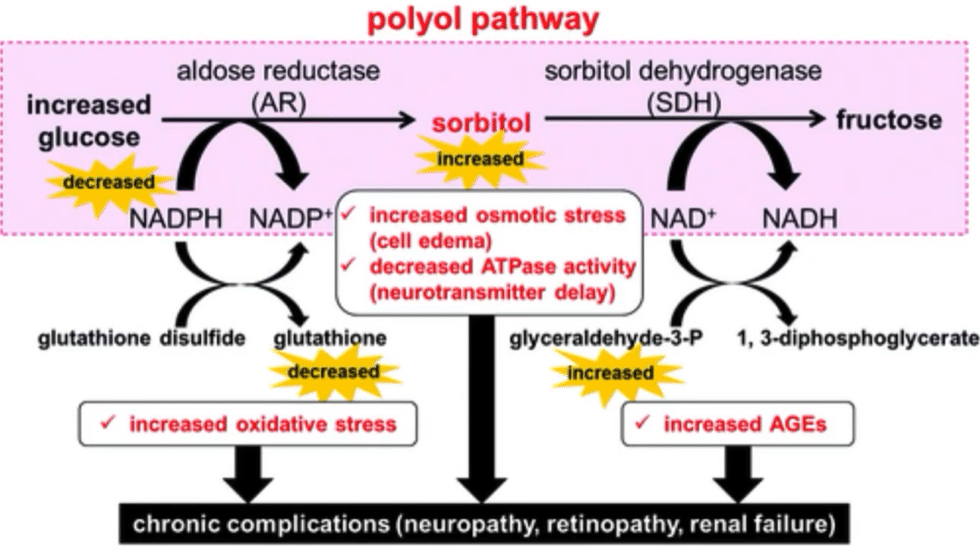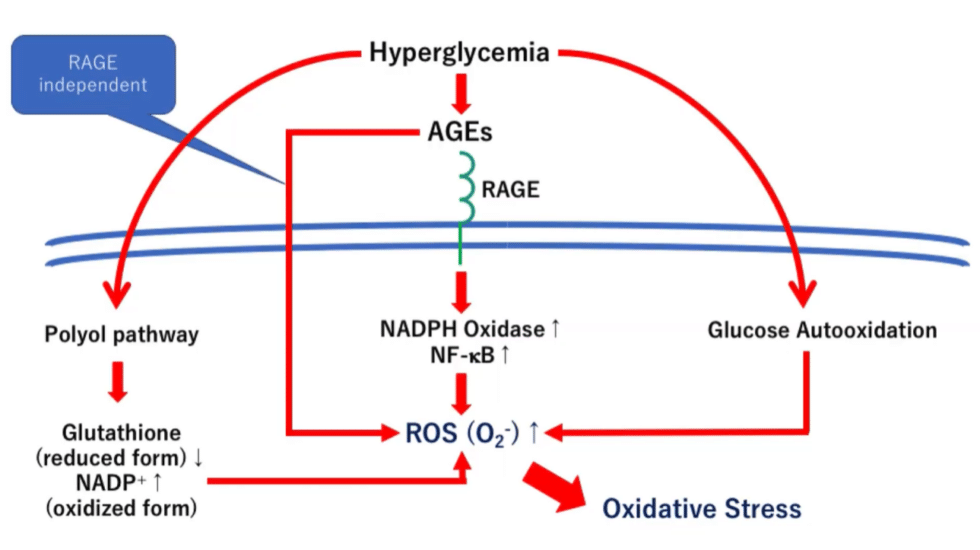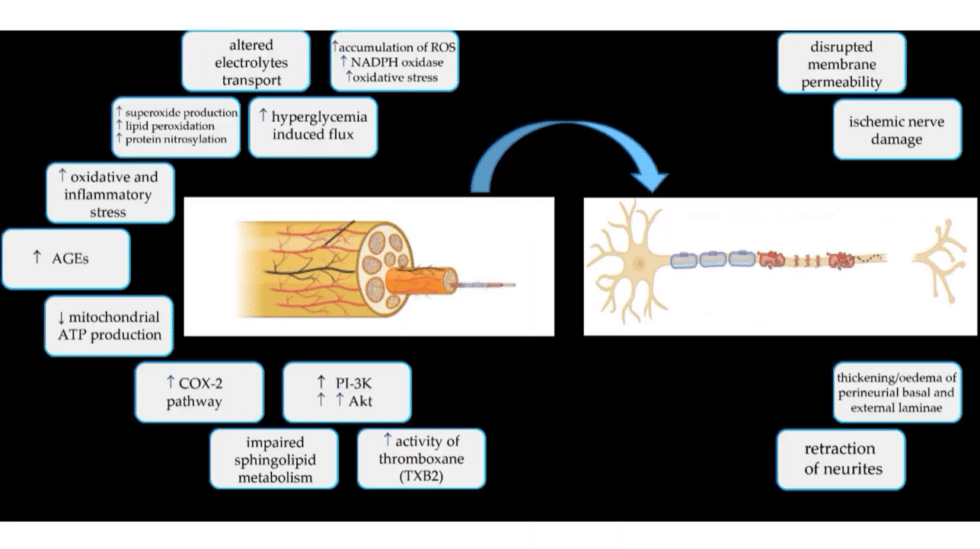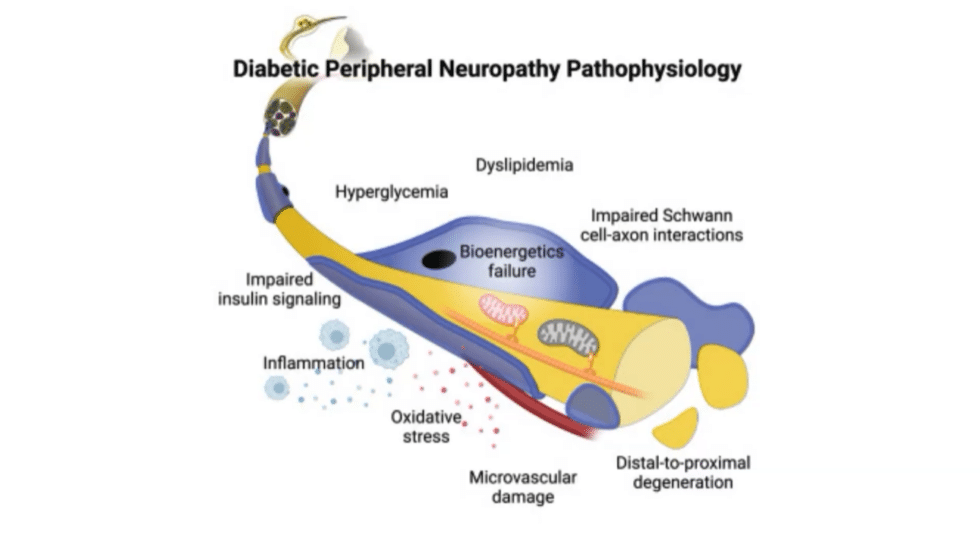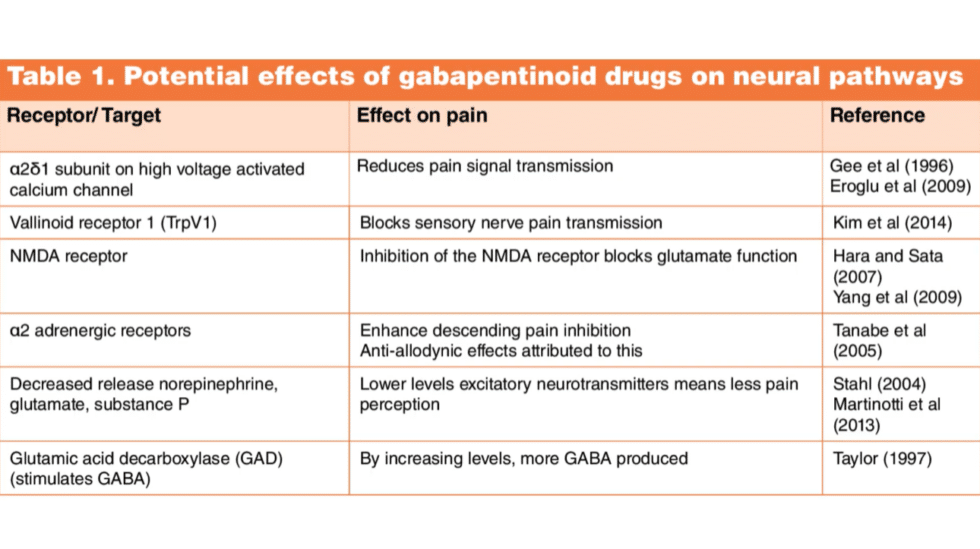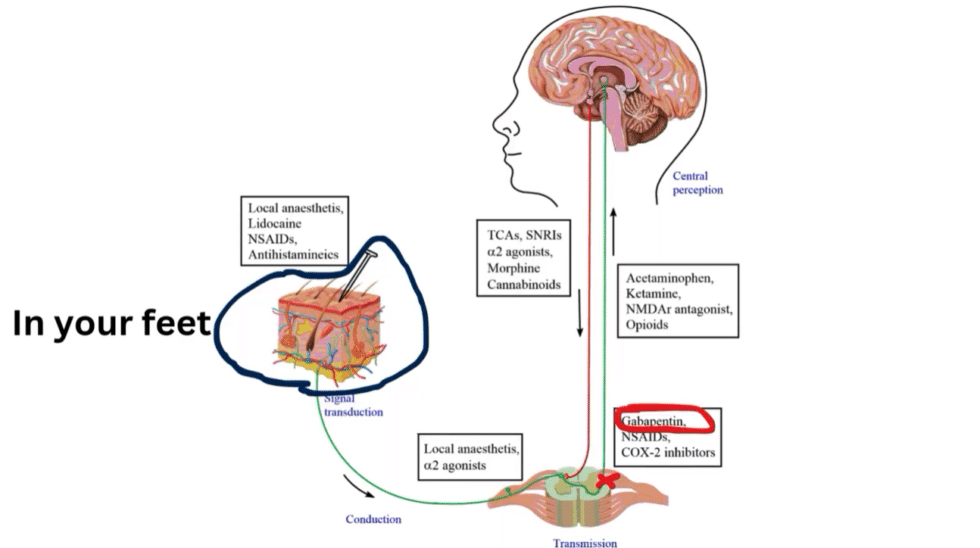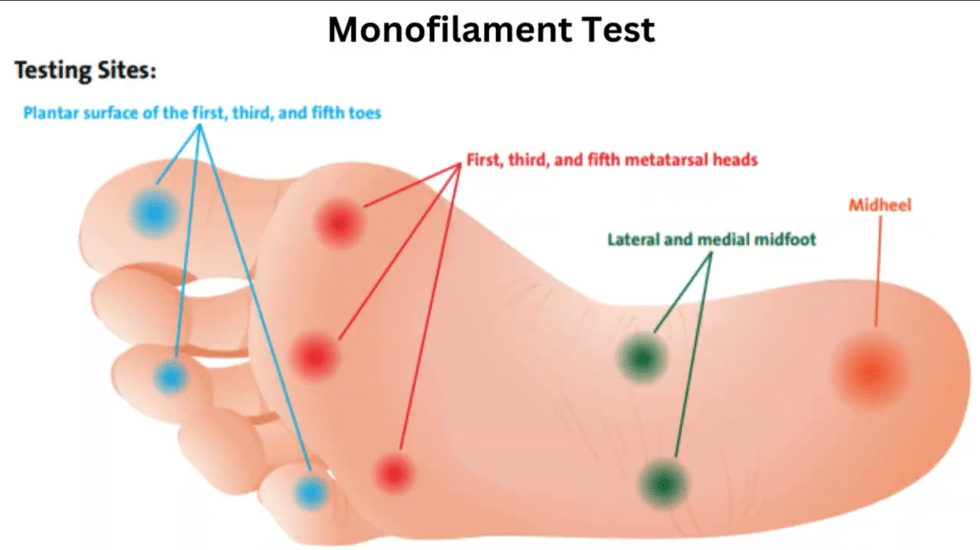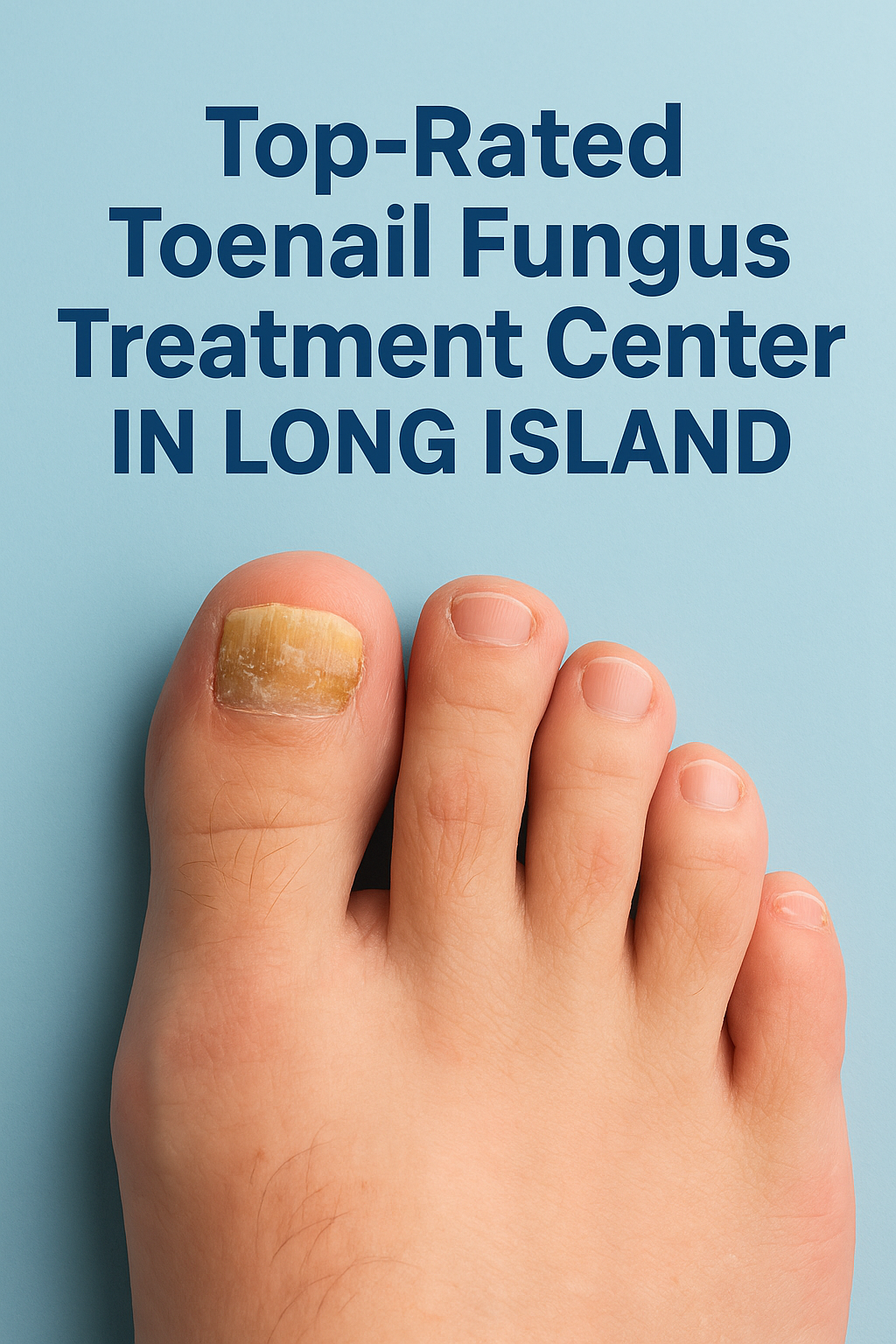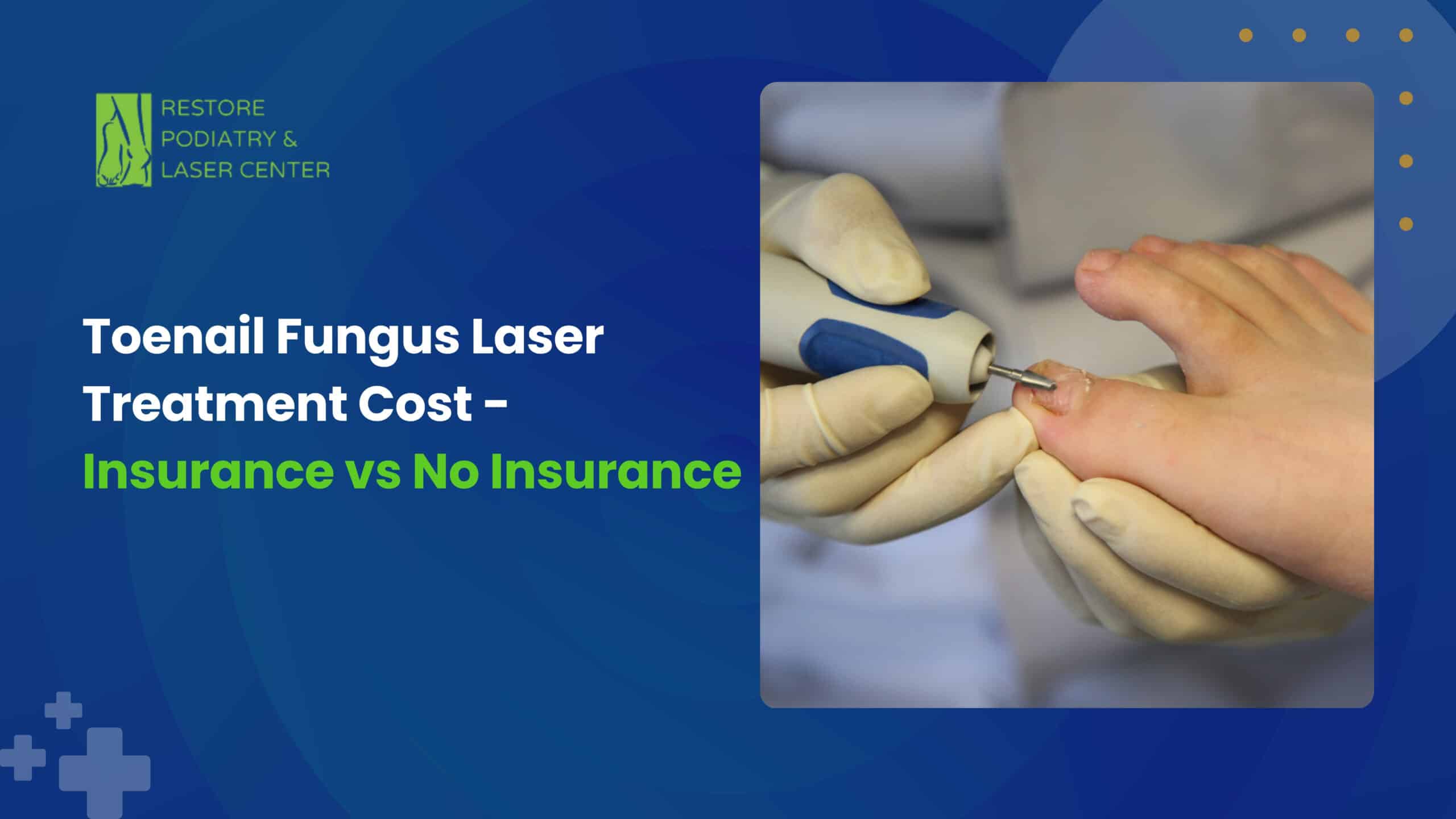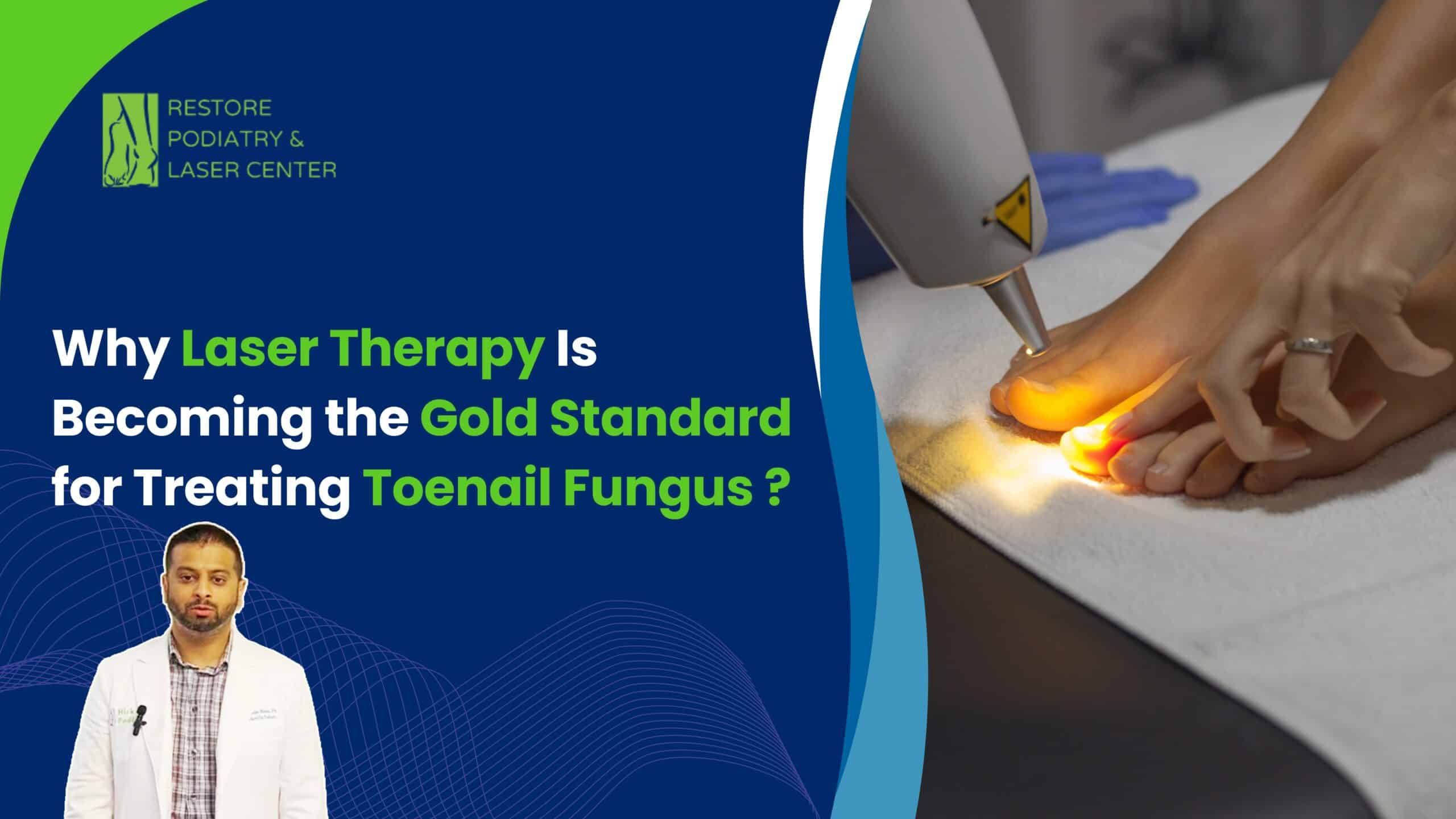So basically, I’ll explain a little more about the laser treatment. So there are a couple of articles I wanted to share with you. This is a very nice article, let’s talk about laser treatment on nerve repairs.
So basically, as you can see this article is from 2022 and I highlighted where you can see laser therapy increases ATP synthesis as I explained earlier, too much glucose leads to reduced ATP synthesis, whereas with laser therapy we want to increase ATP synthesis and reduce oxidative stress and that will produce a significant amount of structural and cellular changes for the nerve. Basically, one way to improve nerve damage.
This is another nice article Enhancement of Nerve Regeneration by Therapeutic Laser published in 2010. So basically, this is the link at the bottom which you can copy and paste in the the link so you can read more about it.

